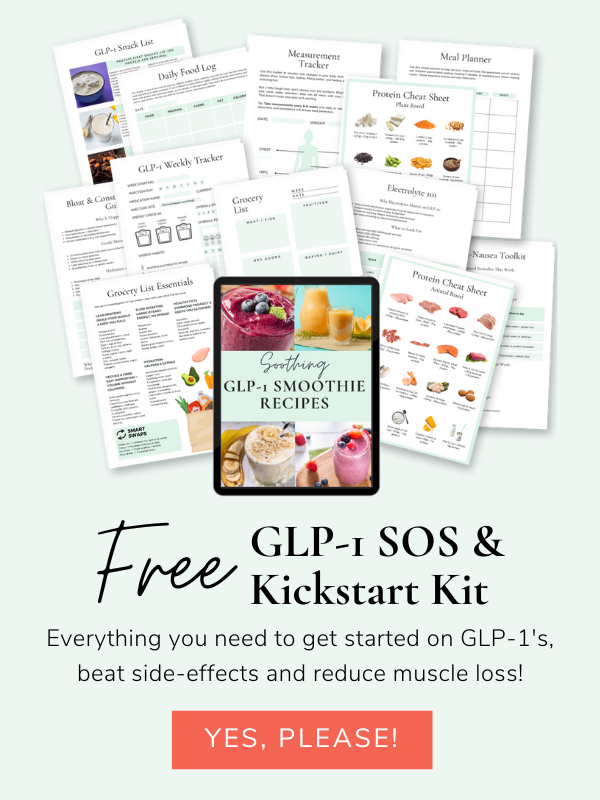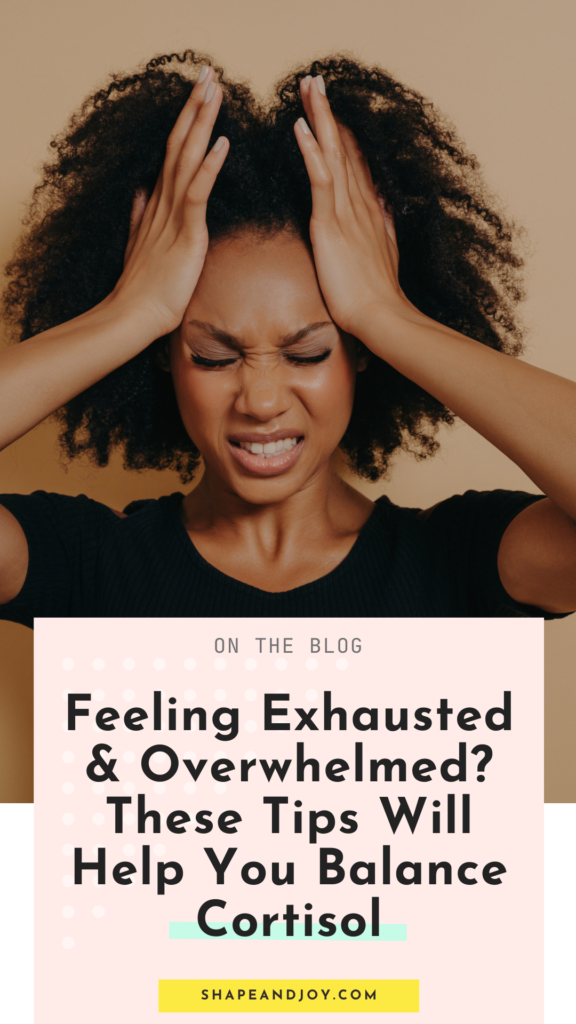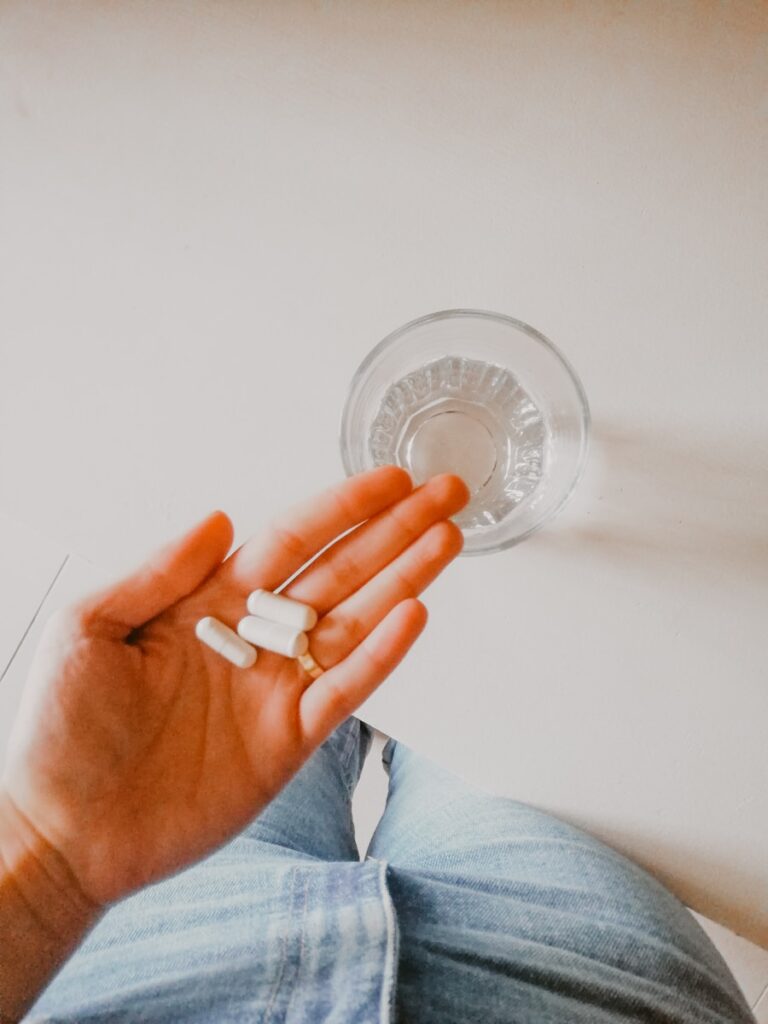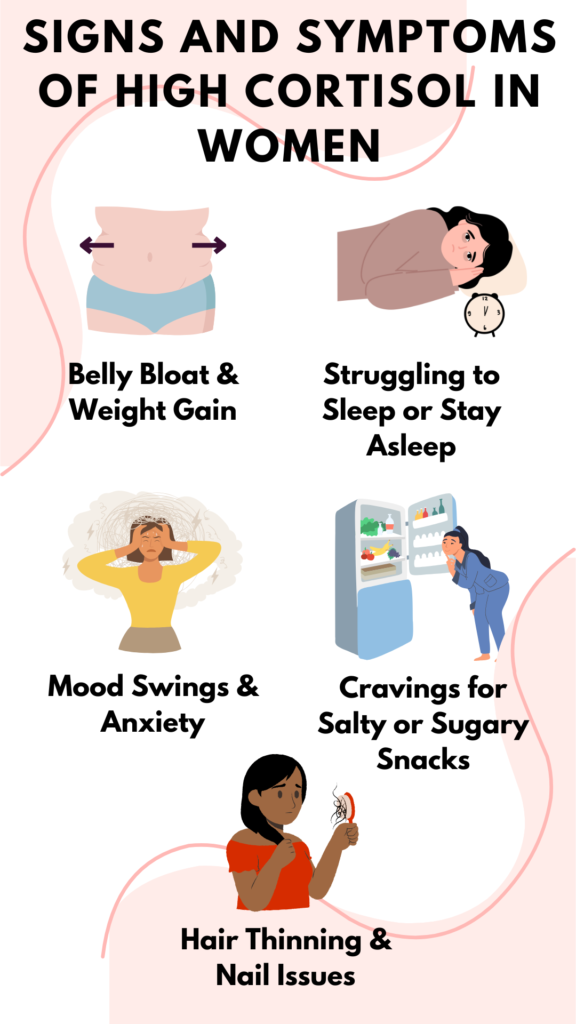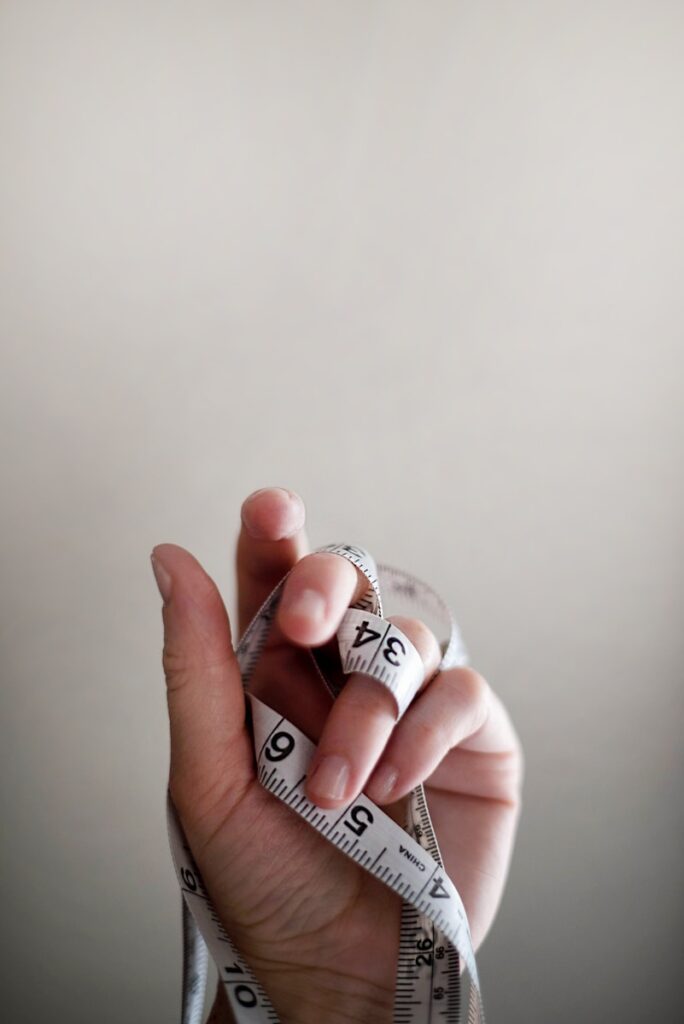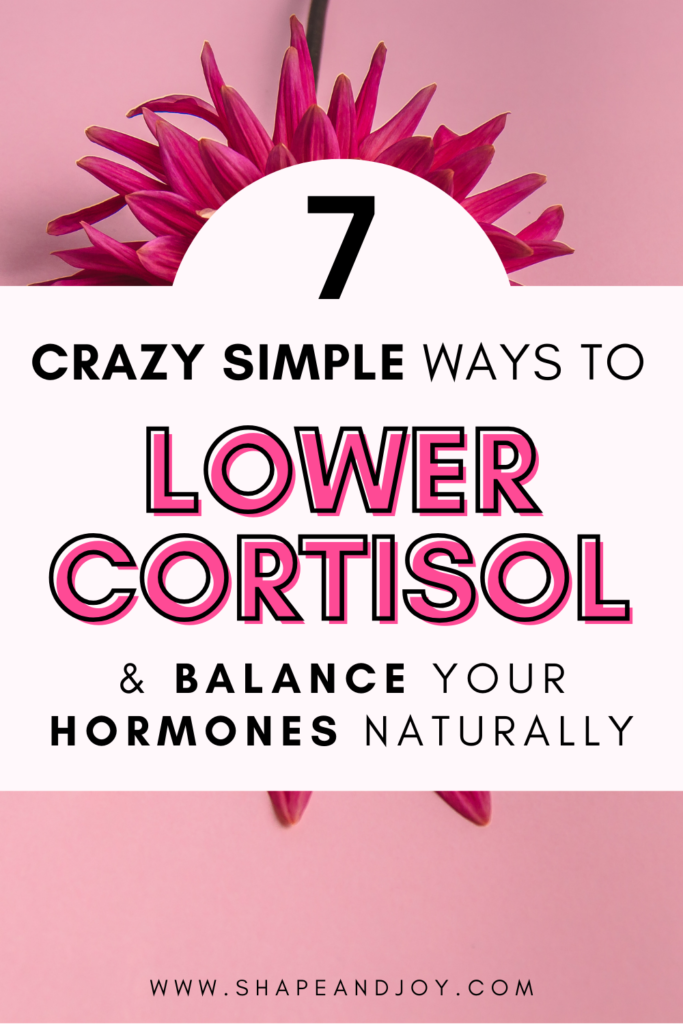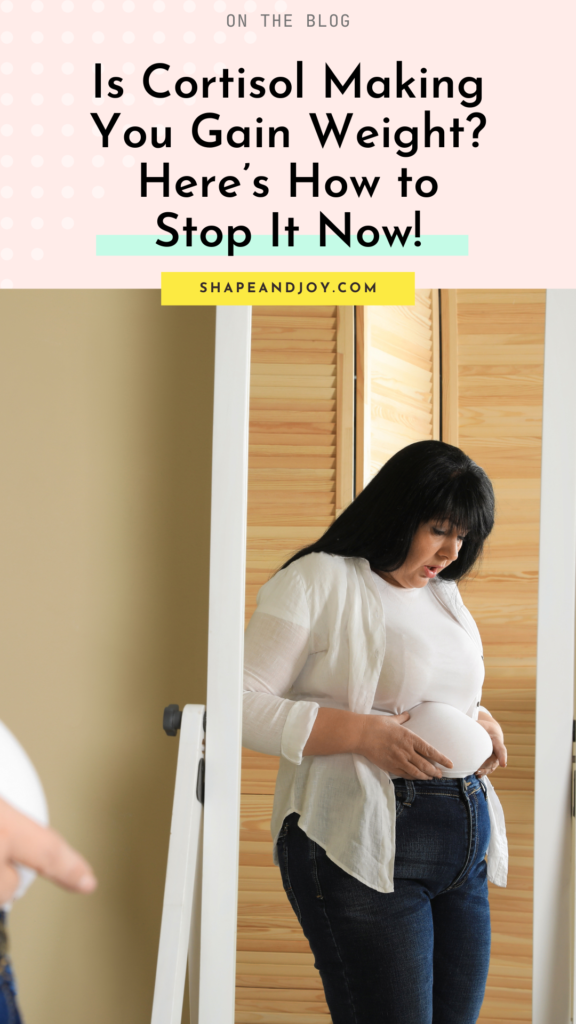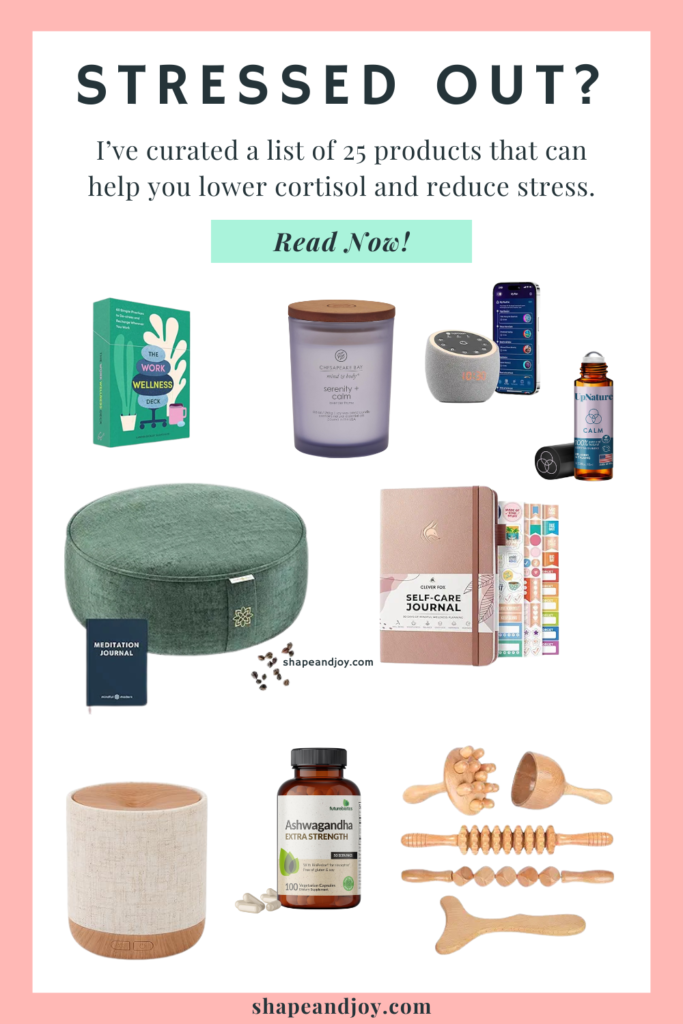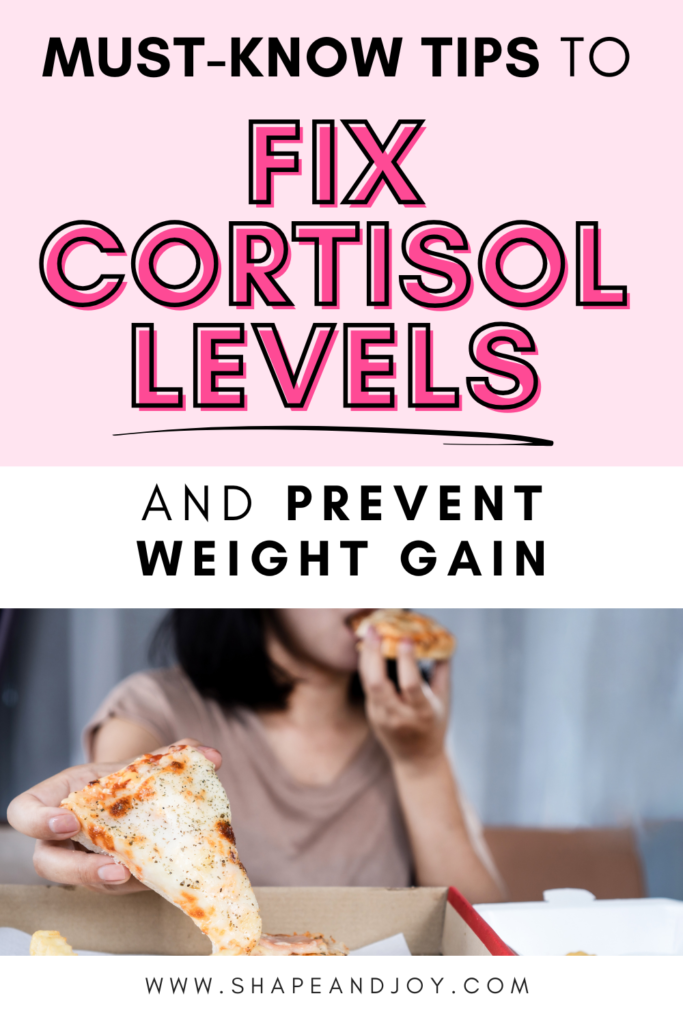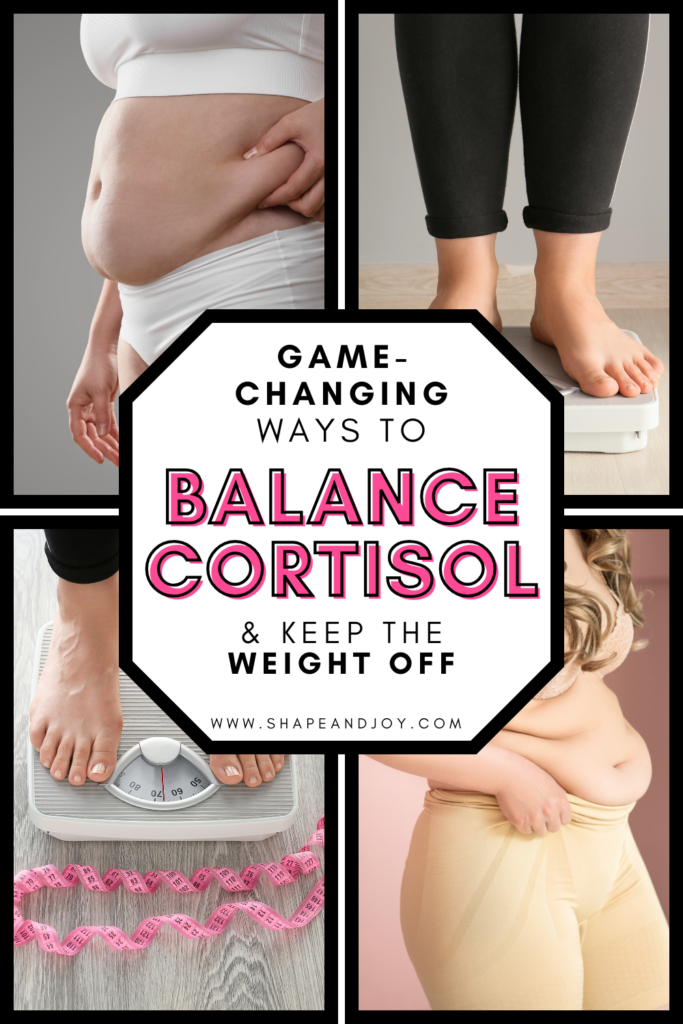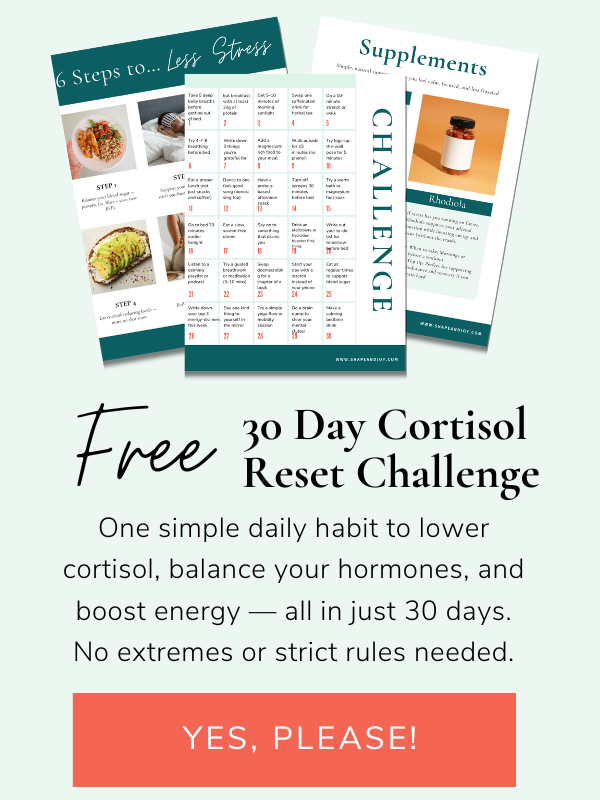Ultimate 7-Day Summer Body Workout Plan for 2025

First things first, let’s get one thing straight – this summer body workout plan isn’t about punishing yourself for enjoying ice cream or trying to shrink into some ridiculous beauty standard.
You do not need to change your body to be worthy of wearing a bikini, rocking shorts, or feeling good in your own skin. Any body is a summer body if you decide it is.
The real goal here? Confidence. Strength. Feeling like an absolute legend when you move.
It’s about showing up for yourself, building strength, boosting your energy, and getting that little extra pep in your step when you strut into summer.
So no pressure, no stress—just a summer body workout plan that’ll make you feel stronger, fitter, and full of confidence.
Ready? Course you are.
- The Plan (Yes, You Can Handle This)
- Day 1: Full-Body Strength & Power
- Day 2: Cardio Blast (It’s Not That Bad, I Promise)
- Day 3: Core & Abs (Because We Like a Strong Middle)
- Day 4: Lower Body Burn (AKA You’ll Feel This Tomorrow)
- Day 5: Upper Body & Arms (Because Toned Arms Look Amazing in Summer Dresses)
- Day 6: HIIT & Fat-Burning Fun (Short, Sweet, and Spicy)
- Day 7: Mobility & Recovery (Because You’re Not a Robot)
- Final Pep Talk (Read This if You’re Doubting Yourself)
The Plan (Yes, You Can Handle This)
Each day focuses on a different area to keep things interesting and your body guessing. We’re blending strength, cardio, and mobility to get maximum results without maximum effort. (Work smarter, not harder, yeah?)
- Day 1: Full-Body Strength & Power
- Day 2: Cardio Blast (It’s Not That Bad, I Promise)
- Day 3: Core & Abs (Because We Like a Strong Middle)
- Day 4: Lower Body Burn
- Day 5: Upper Body & Arms
- Day 6: HIIT & Fat-Burning Fun
- Day 7: Mobility & Recovery (Because You’re Not a Robot)
Now, let’s break it down.
Day 1: Full-Body Strength & Power
Why? Because we want muscle, and muscle is what makes you look tight, toned, and strong. Plus, it burns fat like a furnace.
The Workout:
- Squats – 3 sets of 12
- Push-ups (on knees if needed, no shame here!) – 3 sets of 10
- Dumbbell Deadlifts – 3 sets of 12
- Bent-Over Rows – 3 sets of 10
- Plank – 30 seconds (or however long you can avoid swearing at me)
Tough-love tip: You are stronger than you think. Keep your form solid, and push through. No half-arsing it.
Day 2: Cardio Blast (It’s Not That Bad, I Promise)
Why? Because cardio helps torch fat and makes you feel like a superhero when your fitness levels skyrocket.
The Workout: (Pick one!)
- Outdoor run: 20 minutes
- HIIT Circuit:
- 30 seconds Jump Squats
- 30 seconds Mountain Climbers
- 30 seconds High Knees
- Rest 30 seconds, repeat 3-4 times
Tough-love tip: You’re not “bad at cardio”—you just haven’t trained it yet. Do what you can, push a little harder than you think you can, and watch yourself improve.
Day 3: Core & Abs (Because We Like a Strong Middle)
Why? Because core strength = better posture, less back pain, and a stomach that doesn’t give up after 10 sit-ups.
The Workout:
- Bicycle Crunches – 3 sets of 20
- Russian Twists – 3 sets of 20
- Leg Raises – 3 sets of 15
- Plank (again) – 30-45 seconds
Tough-love tip: Abs are built in the kitchen, yes, but strong core muscles make all your workouts better.
📌 Pin this for later! ⬇

Day 4: Lower Body Burn (AKA You’ll Feel This Tomorrow)
Why? Because sculpted legs and a firm bum don’t just happen on their own.
The Workout:
- Squats – 3 sets of 12
- Bulgarian Split Squats (yep, they’re awful but worth it) – 3 sets of 10 each leg
- Glute Bridges – 3 sets of 15
- Calf Raises – 3 sets of 20
Tough-love tip: The burn means it’s working. Keep going. You’ll be strutting around like a goddess in no time.
Day 5: Upper Body & Arms (Because Toned Arms Look Amazing in Summer Dresses)
Why? Because we love strong, sculpted shoulders and defined arms.
The Workout:
- Shoulder Press – 3 sets of 12
- Triceps Dips – 3 sets of 10
- Bicep Curls – 3 sets of 12
- Push-ups (yes, again) – 3 sets of 10
Tough-love tip: If you think “I don’t want to get bulky,” don’t worry, you won’t. You’ll just look strong, confident, and capable.
Day 6: HIIT & Fat-Burning Fun (Short, Sweet, and Spicy)
Why? Because HIIT is the ultimate fat-torching secret.
The Workout:
- 40 seconds Jump Squats
- 40 seconds Burpees
- 40 seconds Jump Lunges
- Rest 30 seconds, repeat 3-4 times
Tough-love tip: This is where the magic happens. It’s fast, sweaty, and over before you know it. Get it done!
Day 7: Mobility & Recovery (Because You’re Not a Robot)
Why? Because your body needs love too.
The Workout:
- Deep Squat Hold – 30 seconds
- Hip Flexor Stretch – 30 seconds each side
- Shoulder Stretch – 30 seconds
- Seated Forward Fold – 30 seconds
Tough-love tip: Recovery is as important as the workouts. Stretch, hydrate, and rest like a pro.
Your Ultimate Summer Body Plan – Don’t Miss These!
- 7-Day Workout Plan to Sculpt Your Summer Body – A structured week-long workout plan to tone, strengthen, and boost fat loss with simple, effective exercises.
- Summer Body Meal Plan: What to Eat for a Lean & Toned Look – A realistic meal plan packed with high-protein, bloat-busting, and energy-boosting foods to fuel your workouts and results.
- Best Morning Habits for a Summer-Ready Body – Small but mighty morning habits to improve energy, metabolism, and motivation so you start your day strong.
- How to Tone Your Core for a Flatter Stomach by Summer – Ditch the endless crunches and learn core-strengthening moves that actually work, plus key nutrition tips to reveal definition.
- Must-Have Summer Body Essentials: Gear, Supplements & More – The top fitness and nutrition must-haves to help you stay on track, recover faster, and feel amazing all summer long.
Final Pep Talk (Read This if You’re Doubting Yourself)
You don’t need to be perfect with this summer body workout. You just need to start. One workout at a time. One rep at a time.
You are capable of more than you think, and if you stick with this, you’ll be stronger, fitter, and more confident in just seven days.
So go on—get your trainers on, get moving, and let’s make this summer the one where you feel unstoppable.
No excuses. No self-doubt. Just you, putting in the work and becoming the best version of yourself.
Let’s do this.
📌 Pin this for later! ⬇








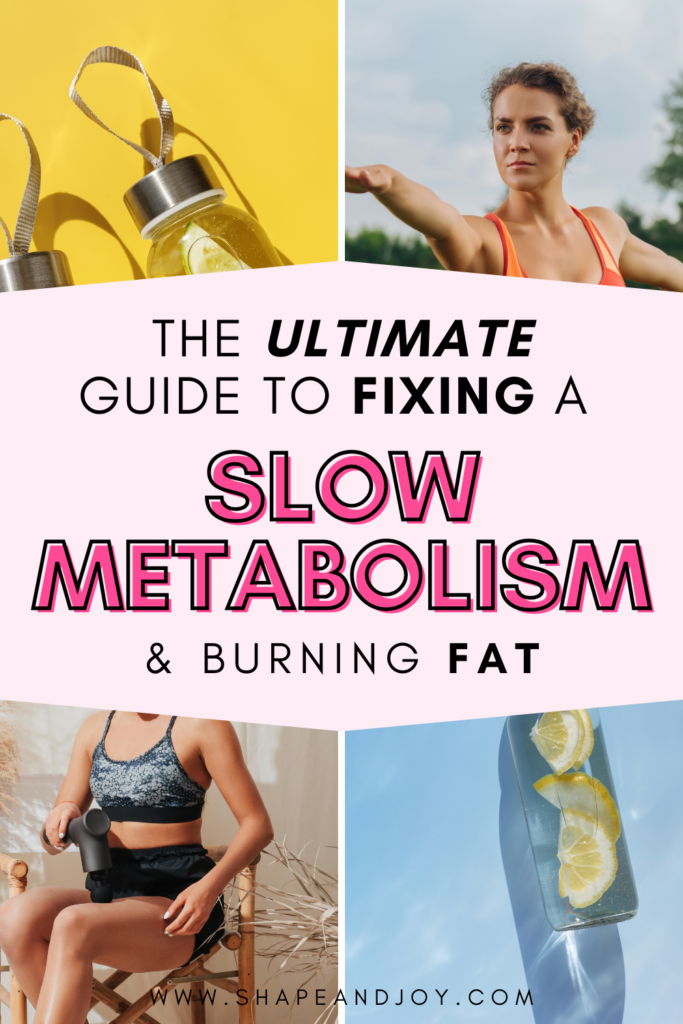

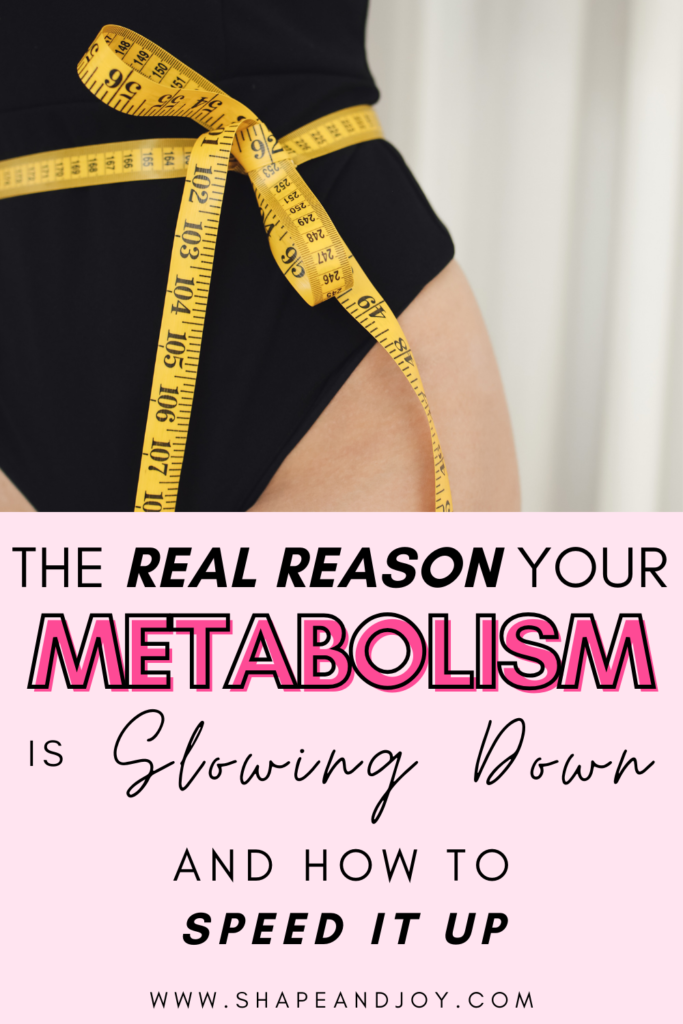
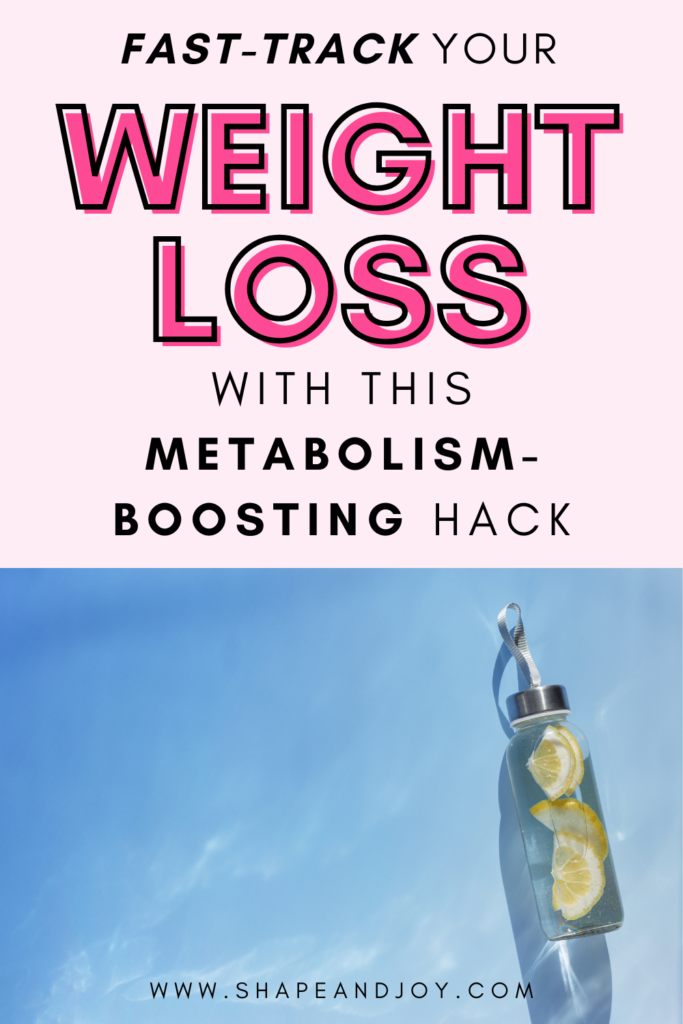
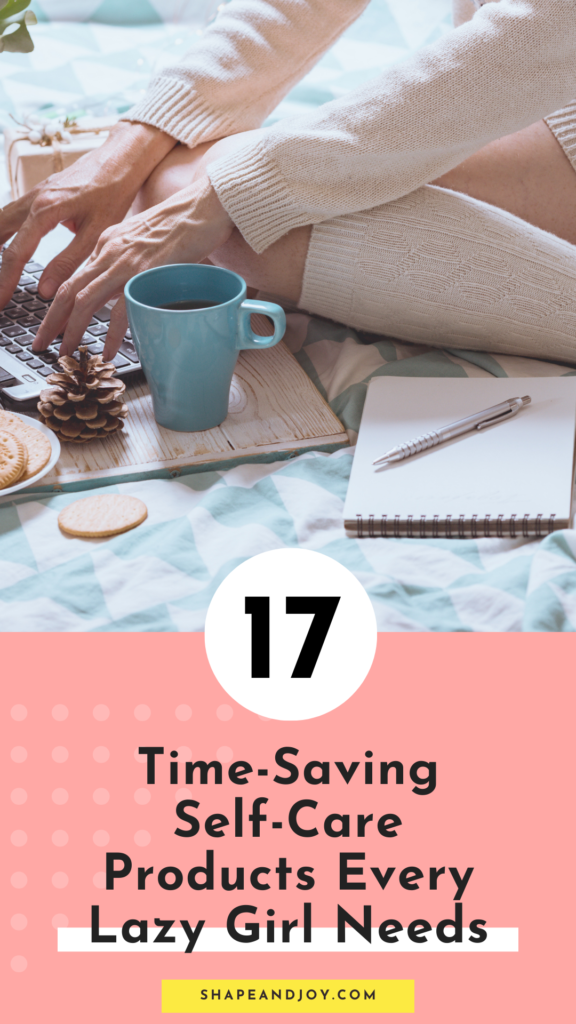

















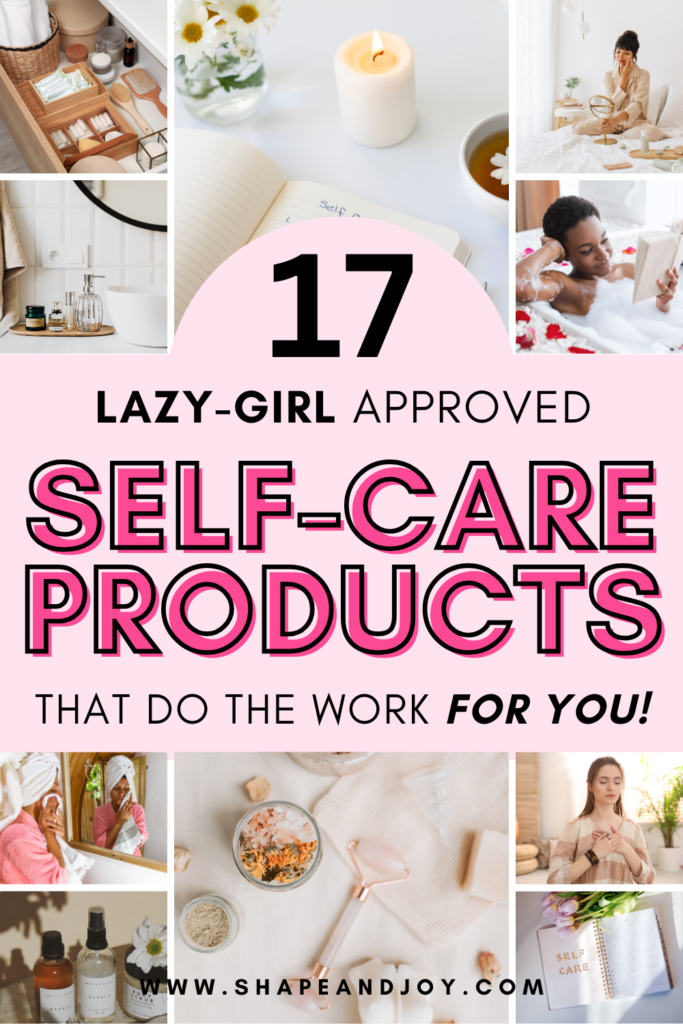
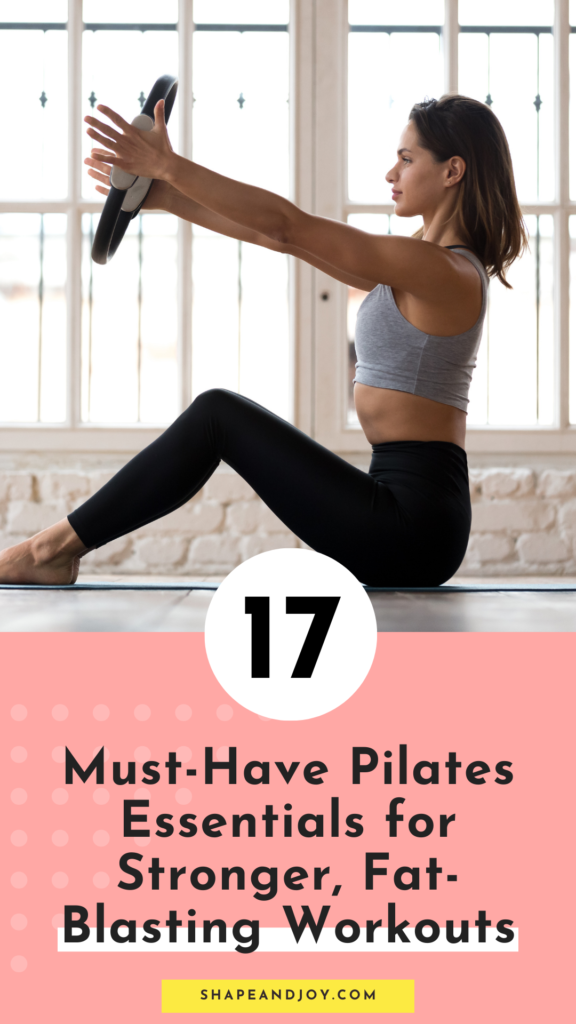

















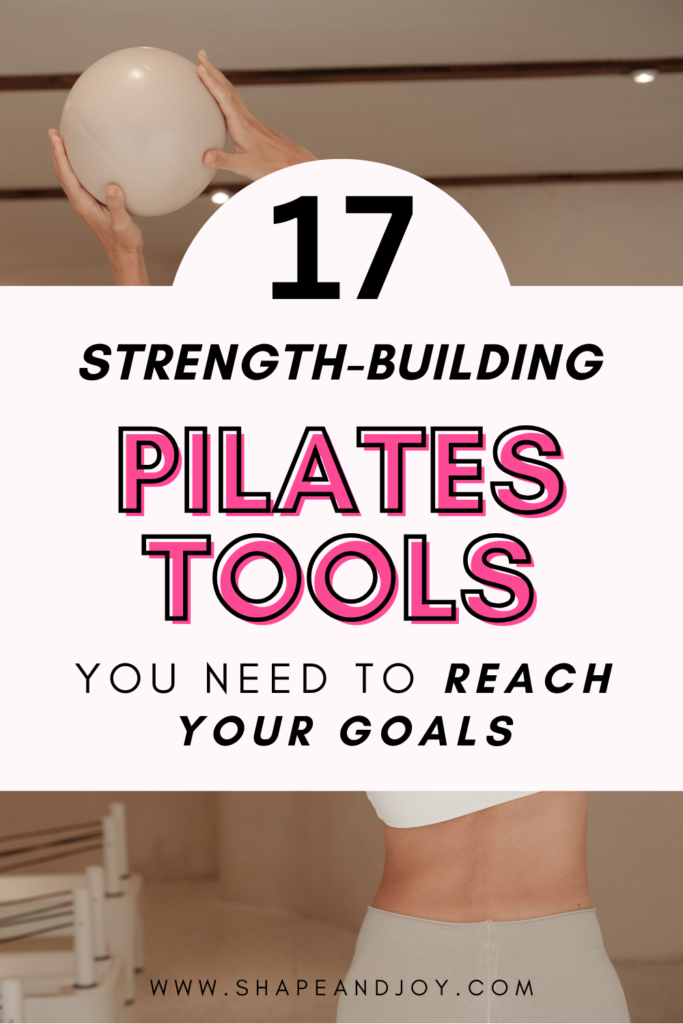
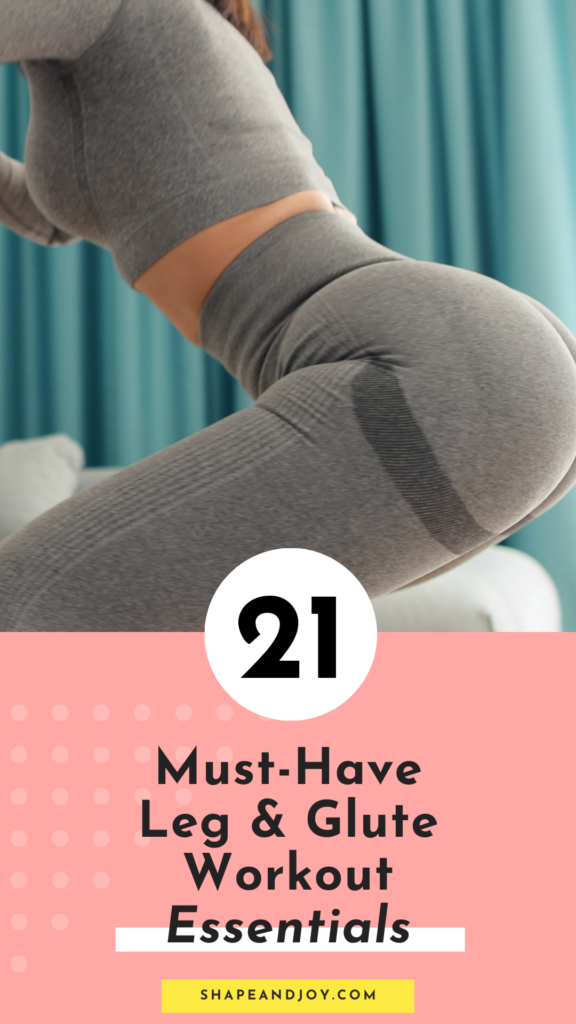



![Glute Ham Slider [Bells of Steel] Multi-Function Glute Machine](https://m.media-amazon.com/images/I/41ZwKCgIwkL._SL500_.jpg)















